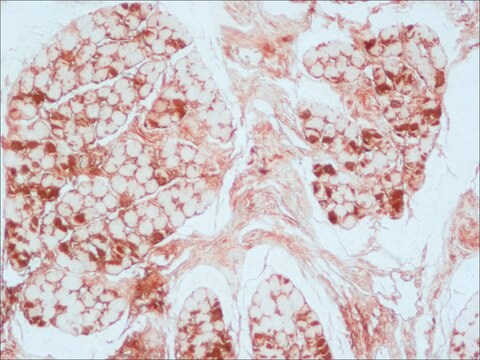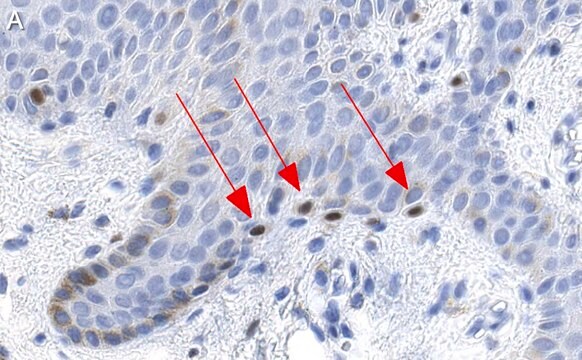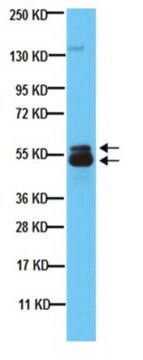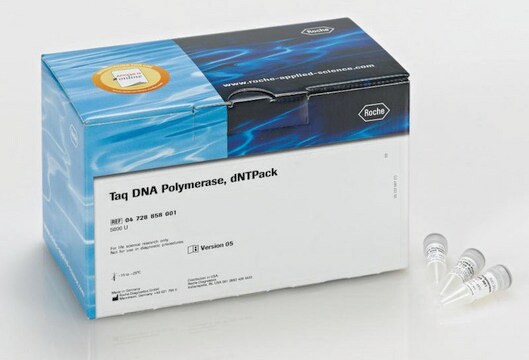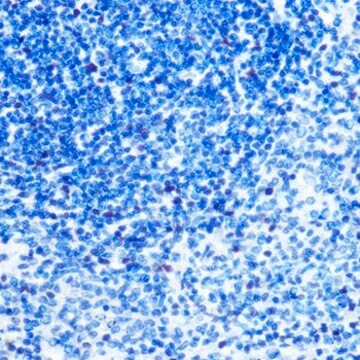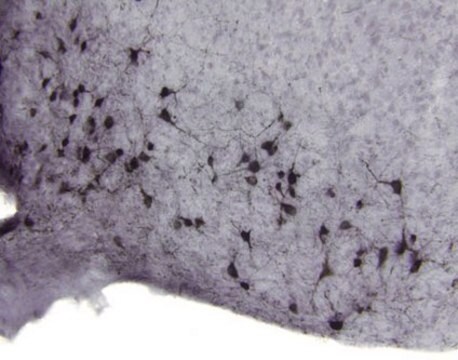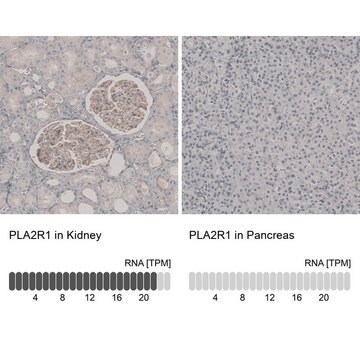推荐产品
生物源
mouse
品質等級
100
500
共軛
unconjugated
抗體表格
culture supernatant
抗體產品種類
primary antibodies
無性繁殖
C5/D5, monoclonal
描述
For In Vitro Diagnostic Use in Select Regions (See Chart)
形狀
buffered aqueous solution
物種活性
human
包裝
vial of 0.1 mL concentrate (284M-94)
vial of 0.5 mL concentrate (284M-95)
bottle of 1.0 mL predilute (284M-97)
vial of 1.0 mL concentrate (284M-96)
bottle of 7.0 mL predilute (284M-98)
製造商/商標名
Cell Marque®
技術
immunohistochemistry (formalin-fixed, paraffin-embedded sections): 1:100-1:500
同型
IgG1
控制
melanoma
運輸包裝
wet ice
儲存溫度
2-8°C
視覺化
nuclear
基因資訊
human ... MITF(4286)
一般說明
品質
 IVD |  IVD |  IVD |  RUO |
聯結
外觀
準備報告
其他說明
法律資訊
未找到合适的产品?
试试我们的产品选型工具.
历史批次信息供参考:
分析证书(COA)
商品
Immunohistochemistry (IHC) techniques and applications have greatly improved, dermatopathology is still largely based on H&E stained slides.This paper outlines ways in which IHC antibodies can be utilized for dermatopathology.
我们的科学家团队拥有各种研究领域经验,包括生命科学、材料科学、化学合成、色谱、分析及许多其他领域.
联系技术服务部门